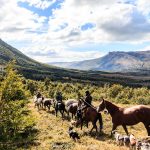
Community-Based Tourism in Manquemapu
For thousands of years, nestled between cliffs that Pacific Ocean swells have carved out of the Southern Chilean coast, the gentle Rio Lliuco has sculpted a mystic, idyllic valley that the Mapuche people have called home for fishing and gathering. Today Manquemapu, a community of about 125 inhabitants, is working to open its doors to visitors to improve their economy, preserve their culture, and tell their story to the world beyond these misty mountains. Insert yourself into this little, protected valley and come away with a new appreciation and understanding of the lives and stories of the people of Manquemapu.
Introducing tourism
Tourism is a relatively new concept for the people of this village, and Javier Acapan, a local community leader, has been working to introduce and nourish an industry here as a way to preserve landscapes and culture while generating economic value for its inhabitants.
Industry for the people of Manquemapu is predominantly the harvest and export of local resources: They harvest dead standing Alerce trees which retain their quality for a number of years past their death. The Alerce, a slow-growing cypress akin to the mighty Redwoods of North America, line the southern Chilean coast and obviously, like just about all big, beautiful, slow-growing trees, were decimated by the logging industry in the 17th and 18th century. Today, it is illegal to harvest live Alerce, but unfortunately, that incentivizes “poacher” to kill Alerces and then return to cut them down in their legal, dead form.
Another major export is seaweed, which inundates the intertidal zone during the summer. It has well-known applications in pharmaceuticals and cosmetics. Residents work as a community to harvest, prepare, and export this valuable commodity.
Why tourism now?
There are a couple of different reasons that Javier wanted to develop tourism in his hometown. One is that Alerce harvest is not a sustainable industry for the community. Such a slow-growing tree does not regrow at the rate to provide the wood supply that the modern economy demands.
Another reason is to bring Manquemapu’s women into the workforce. Where women in Manquemapu have traditionally been responsible for the home, bringing visitors into their domiciles empowers them to participate in the local economy through sharing their traditional food, art, music, dance, and stories.
Historically, indigenous peoples have been disproportionately marginalized economically, socially, and culturally. Tourism, built from the community outwards, presents a unique opportunity for indigenous peoples to overcome some of the inequities of the past. To preserve culture, language, and identity, and to share that with the outside world in a sustainable way – that is to say, defined and owned by the community, on their terms.
It is so often that tourism is controlled by outside interests that exploit local land, labor, and culture. Community-based tourism offers a different opportunity to empower residents and keep more dollars (or pesos) in Manquemapu.
Making sopapillas with Maria and family
The Nitty-Gritty Details
How to get there
One does not simply walk into Manquemapu…
It’s a three-hour ride on a 4x4 bus on mostly gravel roads of varying conditions, past cow pastures, tree farms, clear-cut swaths of land, over mountains, up surprisingly steep slopes, and literally across some streams to finally arrive at the small community of Manquemapu. Nestled in a quaint river valley bordered by steep hills to both sides and curling breakers of the Pacific Ocean to the front, it reminds me of Hobbiton combined with the landscape of the Goonies.
Ok, that’s two Lord of the Rings references in one paragraph, I should take it easy. Anyway…
It’s kind of a crazy ride to get to Manquemapu, but not as difficult as it might seem after looking at where it is on a map.
First, take a bus to Purranque. Buses run regularly from Osorno as well as Puerto Montt or Puerto Varas. The bus from Puerto Varas doesn’t go directly into Purranque, rather it stops on the side of the highway about a 20 minute walk from the downtown area.
Once you get to Purranque, find your way to the bus station in the southwest corner of the town. There is one 4x4, monster-truck-looking micro bus that makes the 3-hour trip from Purranque to Manquemapu just about every day, but the exact time varies.
What you can do in Manquemapu
Sendero Troncal Manquemapu Caleta Condor:
This trail runs north-south along the coast between Manquemapu and Caleta Condor. The trail continues north to Bahia Mansa as well, making for an excellent 4-5 day camping adventure. Wiki Explora has a good comprehensive article on possible routes and other information here.
Exploring Manquemapu:
Spend time in the community:
Engage with members of the community, learn about the culture, economy, and way of life firsthand. Share food, stories, music, and maybe even some traditional Mapuche dance if you’re lucky. A firm grasp on Spanish is highly recommended/necessary.
Take a day hike:
The Alerzalito:
A short day-hike leading up the river valley east and away from the ocean, this trail offers amazing views back onto the community and myriad flora and fauna viewing opportunities. At the right time of year, you can feed yourself off of Mora and Murta berries, which the Mapuche people have been harvesting and using for thousands of years.
The Alerzito looking down to Manquemapu
Tortuga Rock:
Hike south along the coast to a number of different miradors overlooking ocean-carved, rocky cliffs. It’s the kind of landscape indicative of the Oregon Coast of the USA, where you would expect (or maybe just hope) that One-Eyed Willy’s long-lost pirate ship would emerge from a forgotten cave.
The beach looking at Tortuga Rock. It’s also a popular place for harvesting seaweed during the summer.
Fish and Harvest with the Community:
Imagine getting into a small boat or skiff, shooting out past the breaking coastal waves, and lending a hand to harvest some of the food and commodities that power Manquemapu (economically). Divers fish lobster from the sea (maybe it’ll end up on your plate that night) and the community works together to bring in the seaweed that they export. Get sprayed with salt water, covered in some seaweed goo, and come back to shore invigorated. There’s something indescribably purifying and satisfying about being a part of the system that brings our food to market, especially from westernized countries that are increasingly separated from food systems.
Interested in sustainable food harvest? You could commercial fish in Alaska and be a part of the sustainable seafood industry
Where to stay:
Arrange a homestay with the community:
I stayed at the home of Javier’s mother, Maria, which was absolutely lovely. Contact Javier for more information about making arrangements ahead of time.
Camping:
With the permission of the community, it is possible to camp on the beach. Amazing views, and the thunder of curling waves breaking on the coast to lull you to sleep.
Where to go from here?
Contact Javier Acapan to get more detailed information and make arrangements to visit Manquemapu.
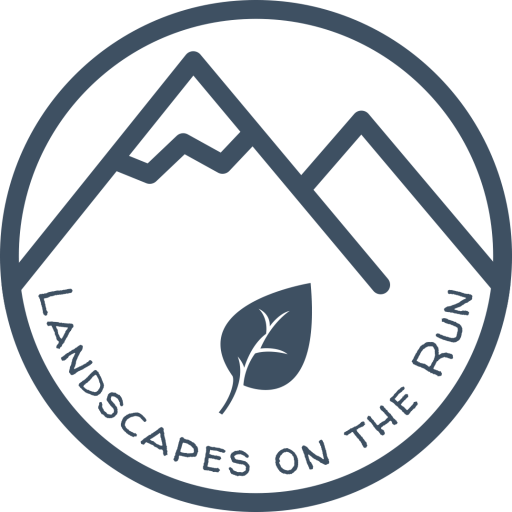
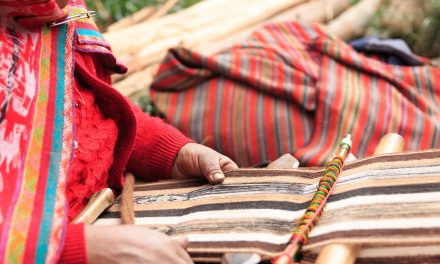
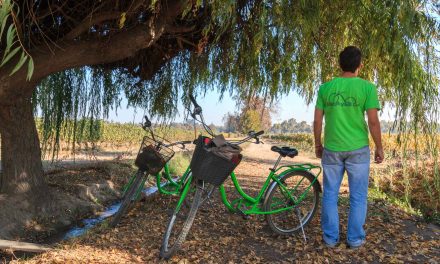


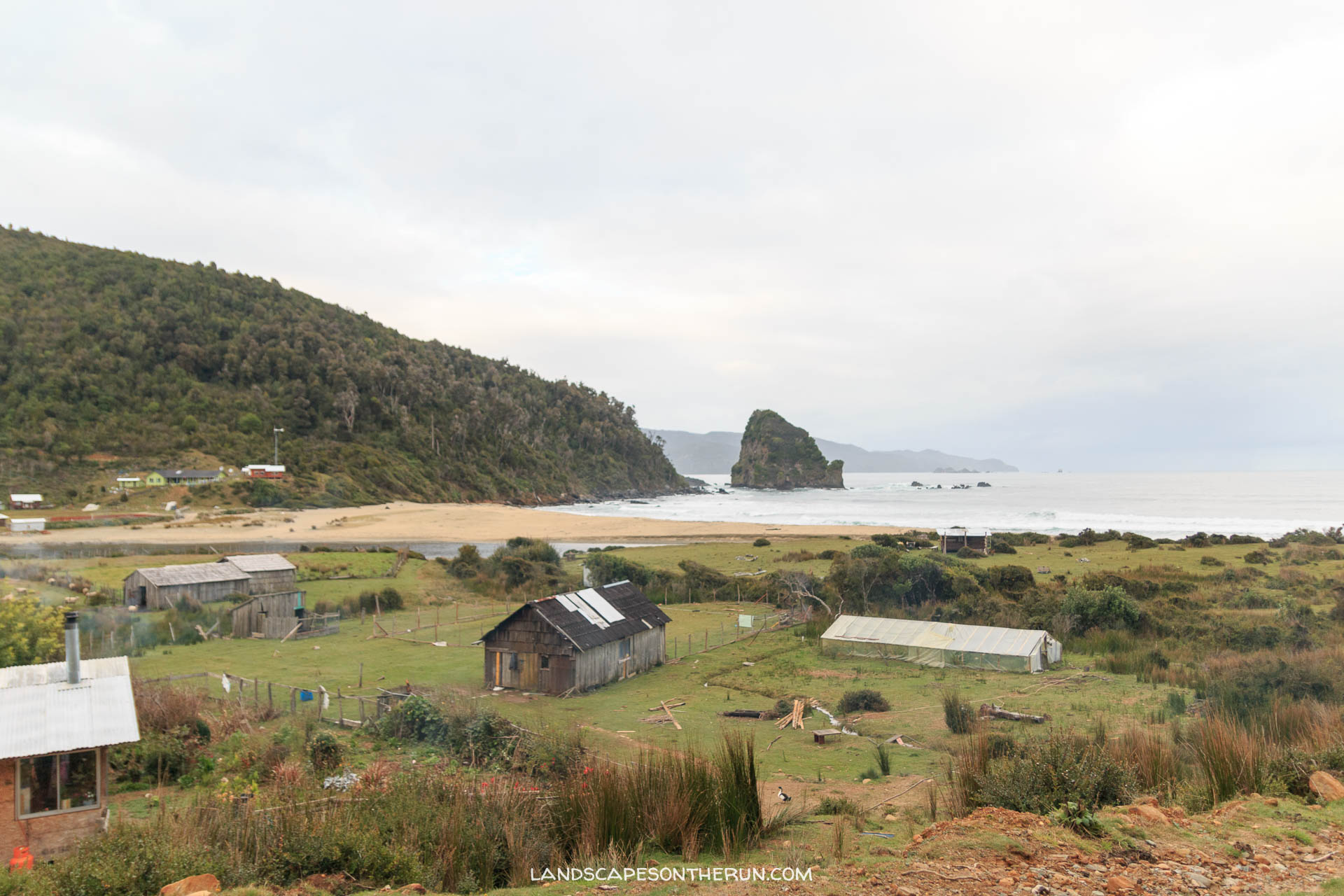
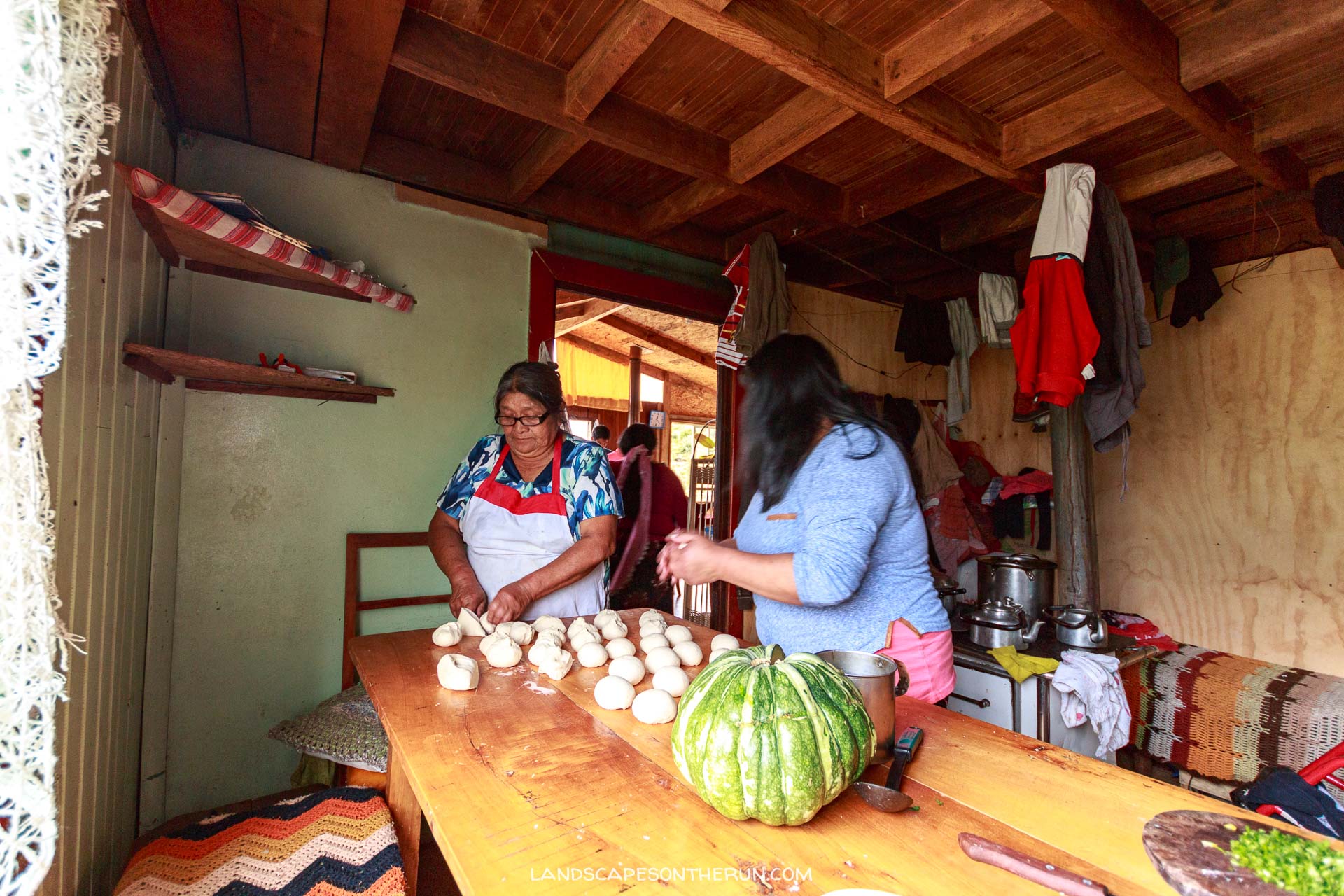


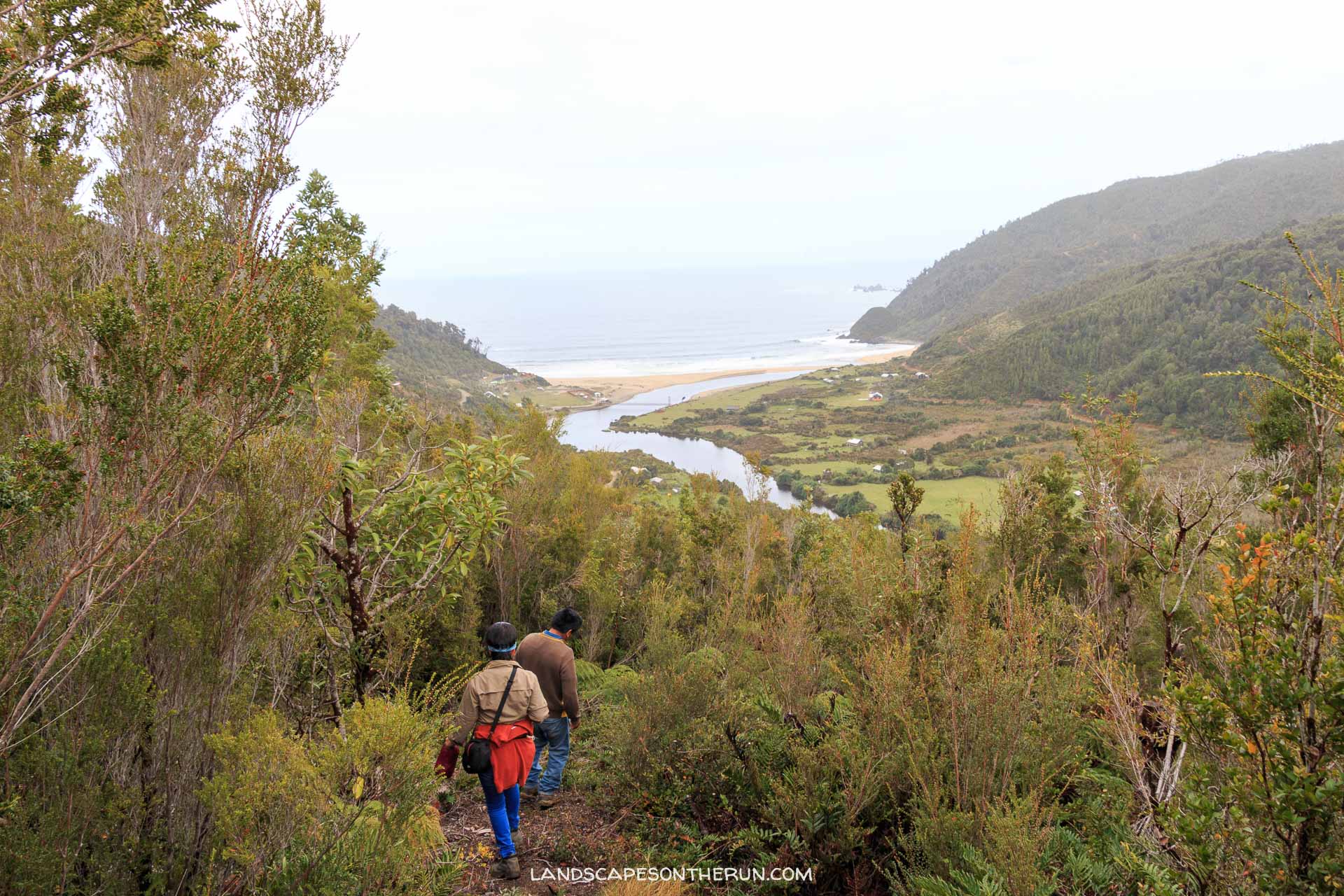
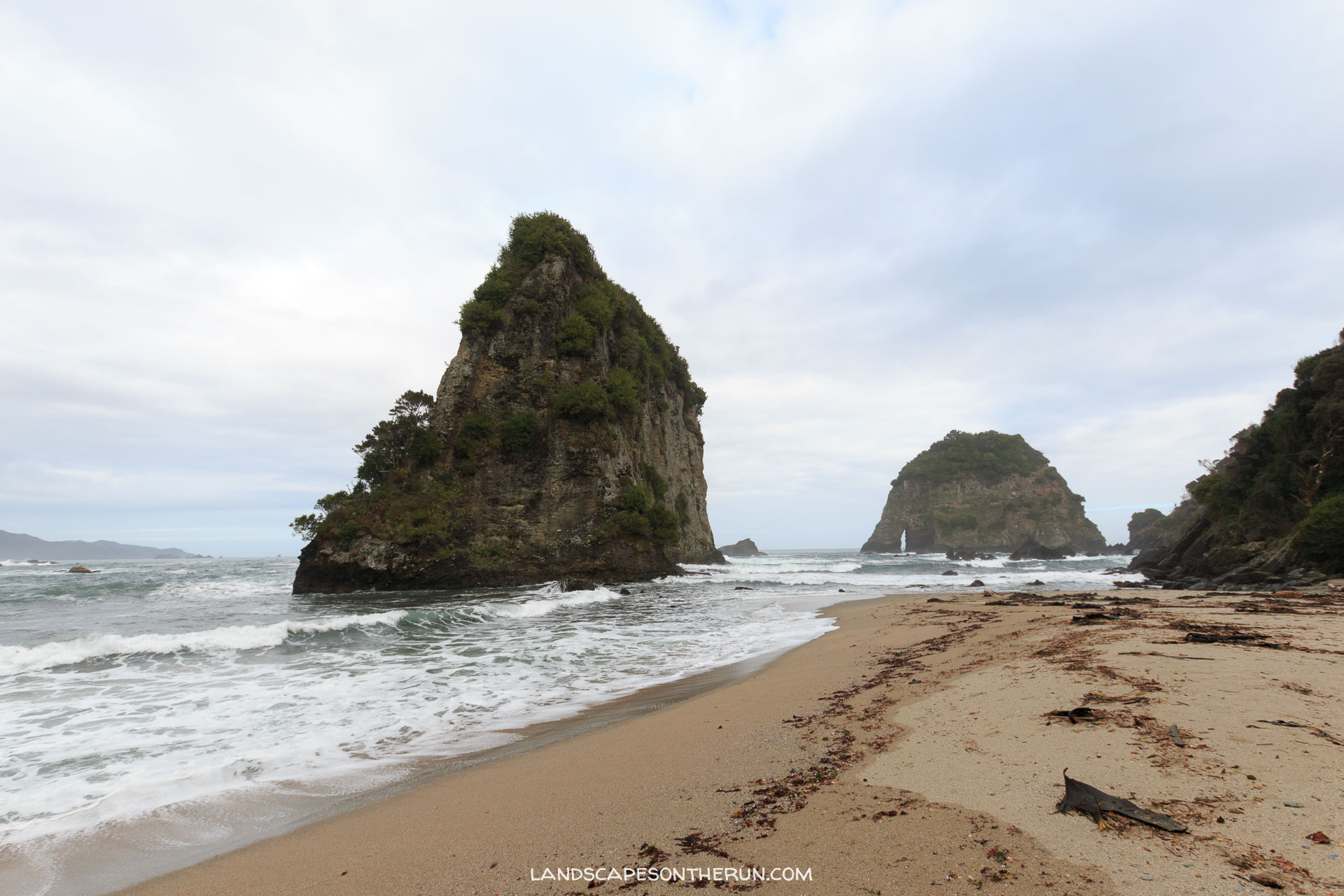
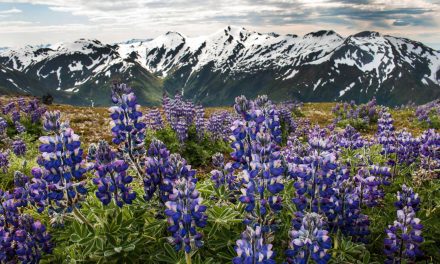
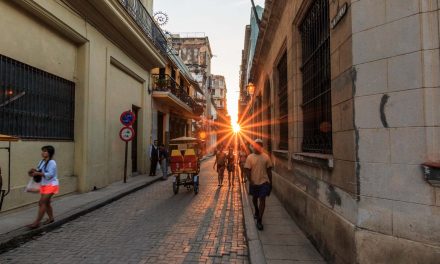
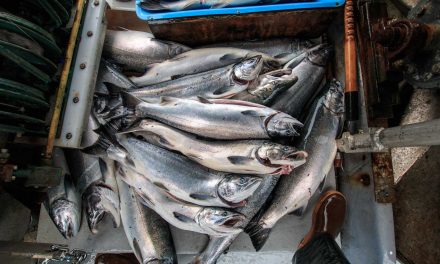
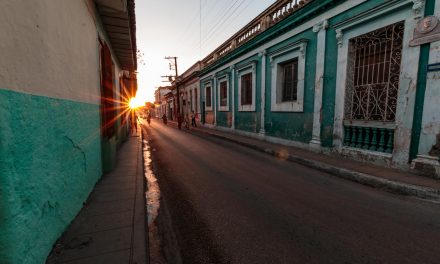
Thanks for reading
Enjoyed it? Share with your friends!